15.3 km and 1050 m of elevation gain / 1680 m of elevation loss
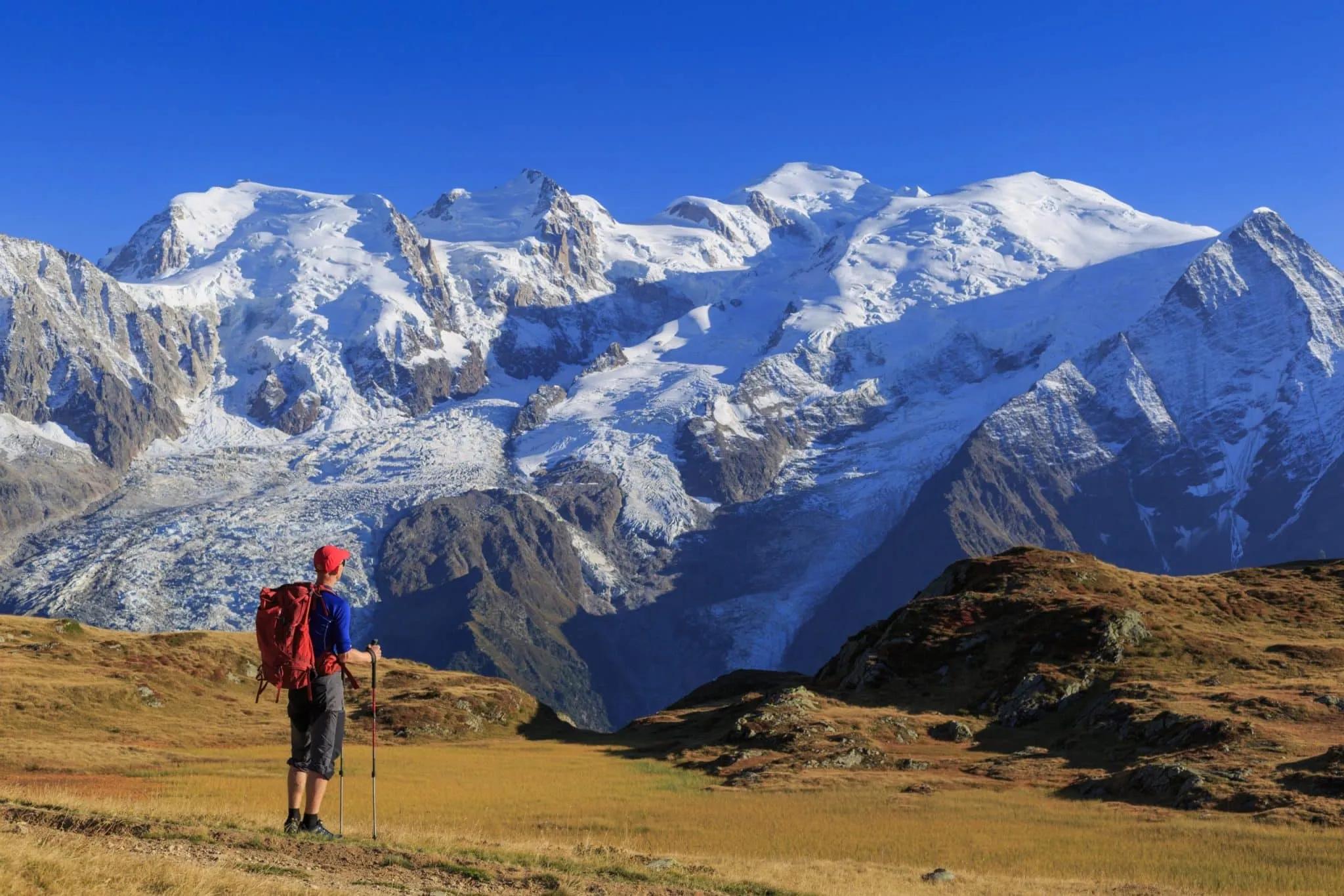


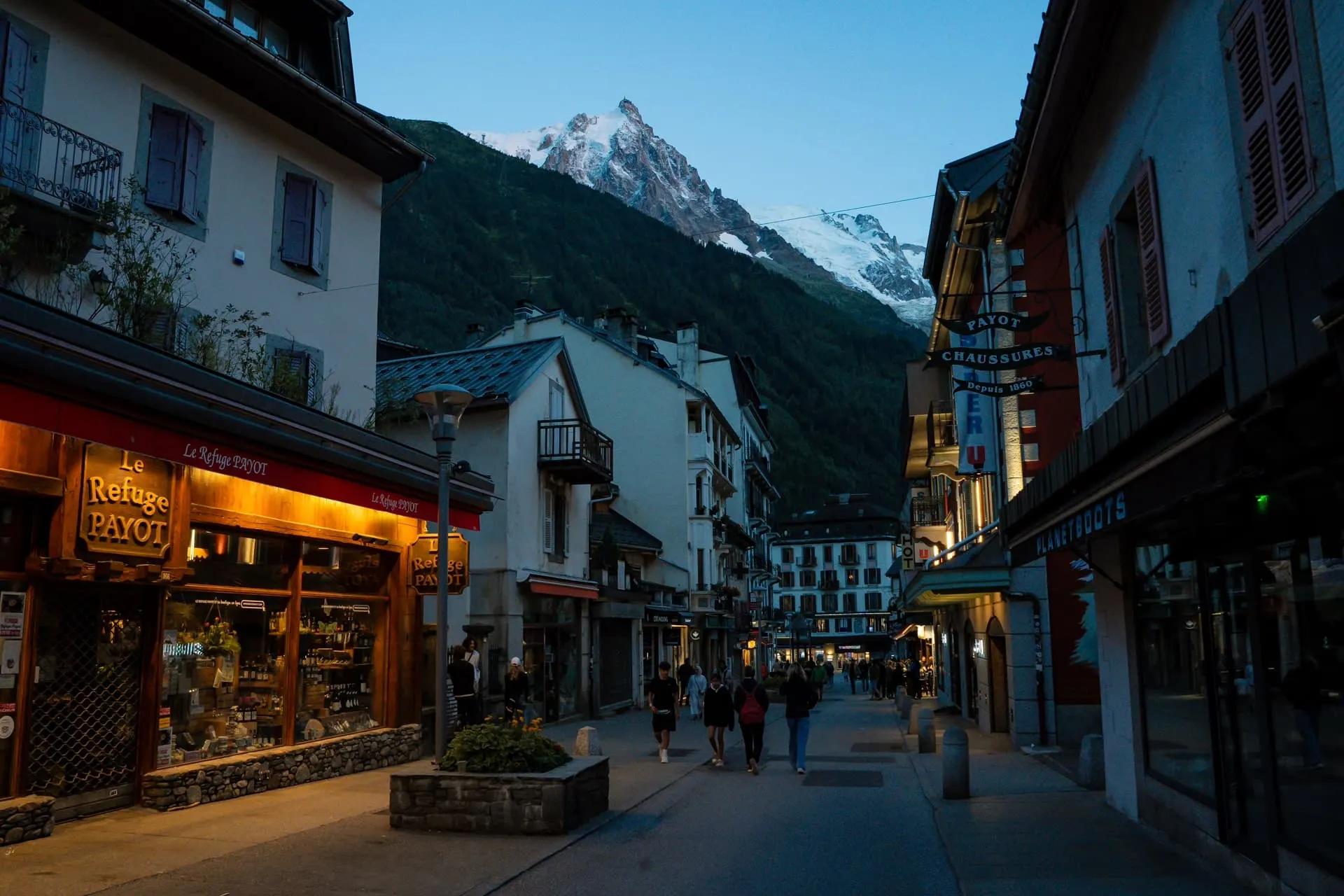



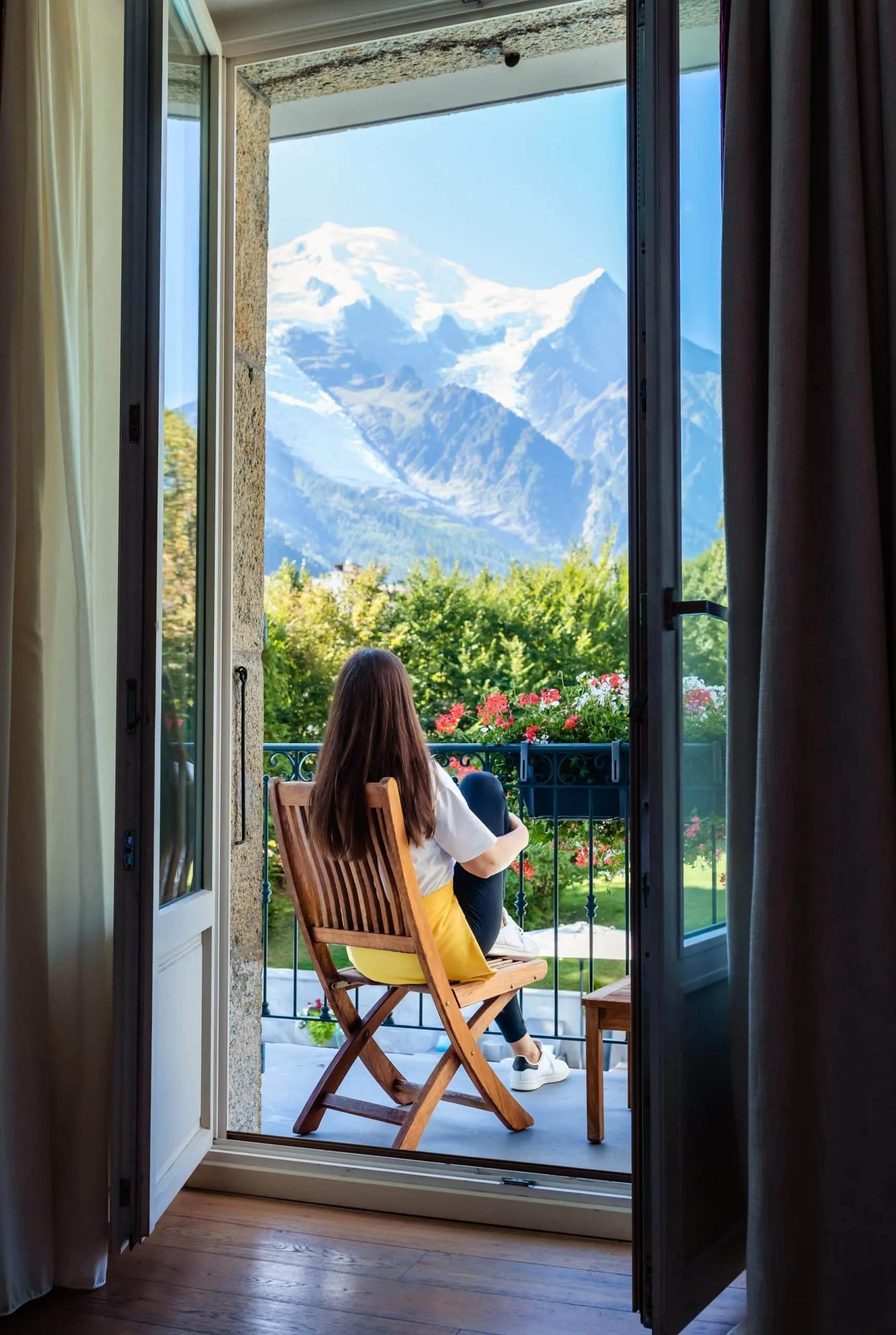
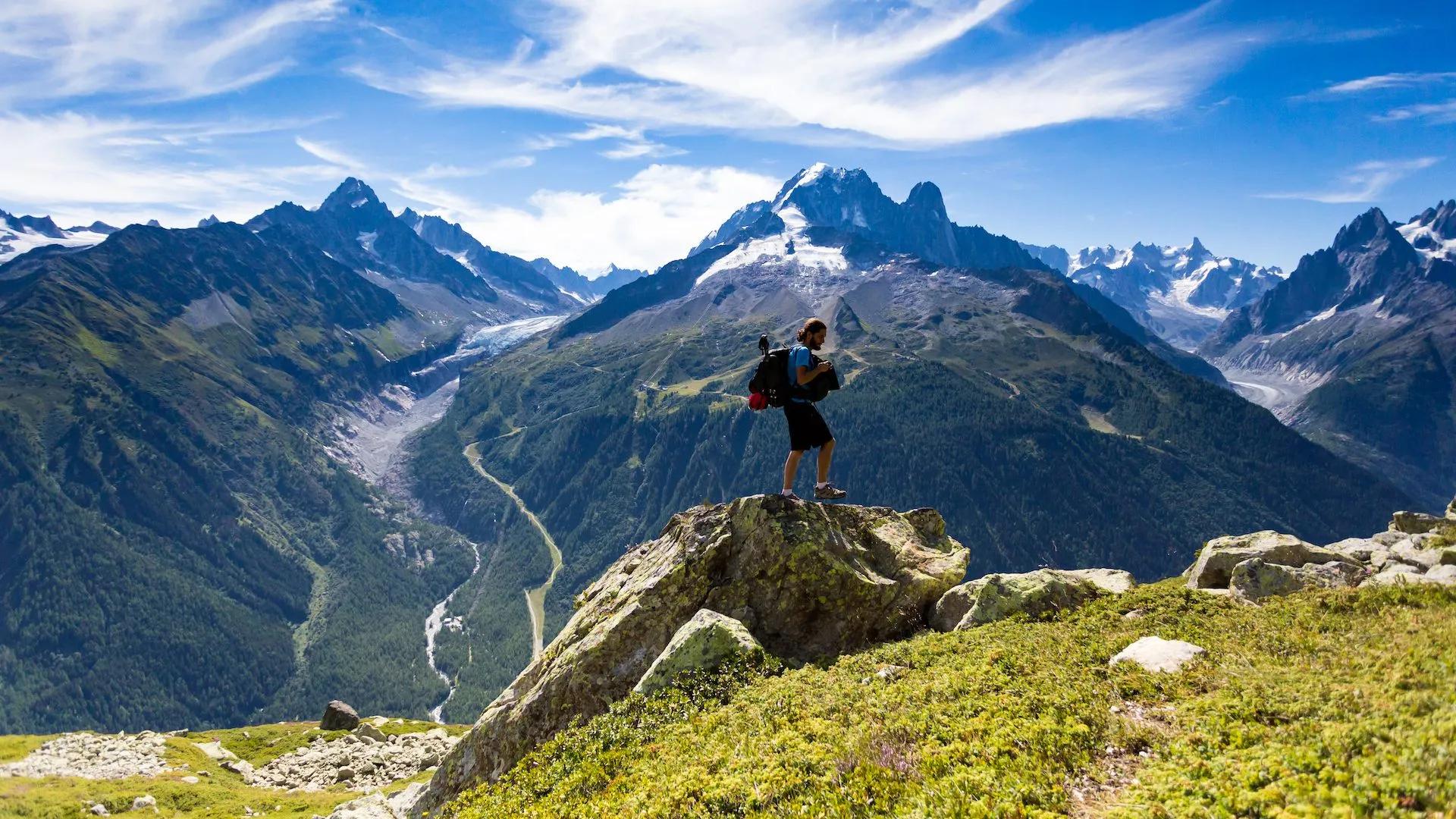







Luxury Self-Guided Tour du Mont Blanc
12 days / 11 nights
|
Starting point
Chamonix
Finish point
Chamonix
Season
From June to September
Technical level
3/5
Fitness level
4/5
Tour type
Inn-to-Inn
from:
4.995 €
/person
Starting point
Chamonix
Finish point
Chamonix
Season
From June to September
Technical level
3/5
Fitness level
4/5
Tour type
Inn-to-Inn
- Traverse iconic high-mountain routes with mesmerizing alpine vistas
- Revel in sumptuous 5-star accommodations, offering panoramas that make even your downtime an adventure
- Feast on gourmet dining experiences that incorporate local flavors and world-class culinary expertise
- Maximize your trek with expert insights, ensuring you uncover hidden gems most travelers overlook
- Enjoy the assurance of pre-arranged transfers, offering seamless connectivity
Itinerary of the trip
FREE ITINERARY
Get Your Travel Itinerary
Loved the itinerary? Enter your email below, and we'll send a copy straight to your inbox.
What’s included in the price?
Self-guided
NOT INCLUDED
OPTIONAL EXTRAS
What to bring to the tour
- Hiking shoes/boots
- 25 to 45-liter backpack
- Base layer
- Sports T-shirts
- Hiking shorts
- Hiking water-repellent pants
- Waterproof jacket
- Midlayer
- Sports socks and underwear
- Leisurewear for evenings
- Down jacket
- Gloves
- Shade hat/cap
- Warm headwear
- Sunscreen
- Sunglasses
- Headlamp
- Hiking poles
- ID card or passport
- Snacks
- Cash
- Water bottles or hydration pack
- Sleeping liner
- Toiletries
- Toilet paper
- Small first aid kit
Have you ever wondered what it's like to traverse the iconic Tour du Mont Blanc, covering over 170 kilometers of awe-inspiring trails through France, Italy, and Switzerland, without compromising a shred of comfort?
Your dream is about to manifest into reality as this is one of the few treks in the world that lets you pair stunning vistas with world-class accommodations and dining.
As you navigate through the Mont Blanc massif's diverse terrains – scaling high-altitude passes, crossing iconic suspension bridges, and meandering through lush alpine meadows – an air of exclusivity envelops you.
The trek leads you through the valleys and mountainsides of each country, offering a unique blend of cultural and natural beauty as you journey around Western Europe’s highest peak. You'll know that the day's trek, ranging from moderate 10-kilometer jaunts to challenging 20-kilometer stretches, culminates in unparalleled luxury.
For your culinary delight, we've even lined up the option to dine in Michelin-starred restaurants.
What distinguishes us is our unwavering commitment to your comfort and convenience. We meticulously manage every detail, from reserving your spot in the most sumptuous hotels to equipping you with comprehensive handouts filled with essential trekking information.
Your role is simply to immerse yourself in the Alpine splendor, buoyed by a level of comfort and attentive service that transforms an already remarkable trek into an unforgettable luxury experience.
Frequently Asked Questions
Ratings & Reviews

5.0 average rating

We had a lovely hike today with our guide Klemen. He personalized the tour on our needs and interests, so that we saw places we wouldn't without his experience. The hike was a little bit slippery after the rain from the last days and it went a lot upwards, but it was totally worth it! Thanks again :)



Abigail Gilmore
Had a great time on this hike. Great and simple way to see the TMB. Would recommend Hut to Hut to friends.

Carolan Mackay
We had a great time. We would have liked more descriptions for options with easier passages - one person in our group required that a lot.
We had a lovely hike today with our guide Klemen. He personalized the tour on our needs and interests, so that we saw places we wouldn't without his experience. The hike was a little bit slippery after the rain from the last days and it went a lot upwards, but it was totally worth it! Thanks again :)



Carolan Mackay
We had a great time. We would have liked more descriptions for options with easier passages - one person in our group required that a lot.

Abigail Gilmore
Had a great time on this hike. Great and simple way to see the TMB. Would recommend Hut to Hut to friends.
Similar Products
All available guidance options
Self-guided
Those who like a good adventure and limitless flexibility should go on a self-guided tour...

Hassle-Free
We handle itineraries, accommodations, and anything else you prefer not to deal with, so you can enjoy a carefree hike.

Book with confidence
We are a financially protected company, fully bonded and insured, keeping your money safe and allowing you to travel with confidence.

Tried & Tested Adventures
Only the best adventures on the TMB, cherry-picked by our local team with an in-depth knowledge of the region.

Unbeatable support
Our 24/7 customer support is where we show our passion, bringing you a better experience by making your well-being our number one priority.
.png&w=384&q=75)
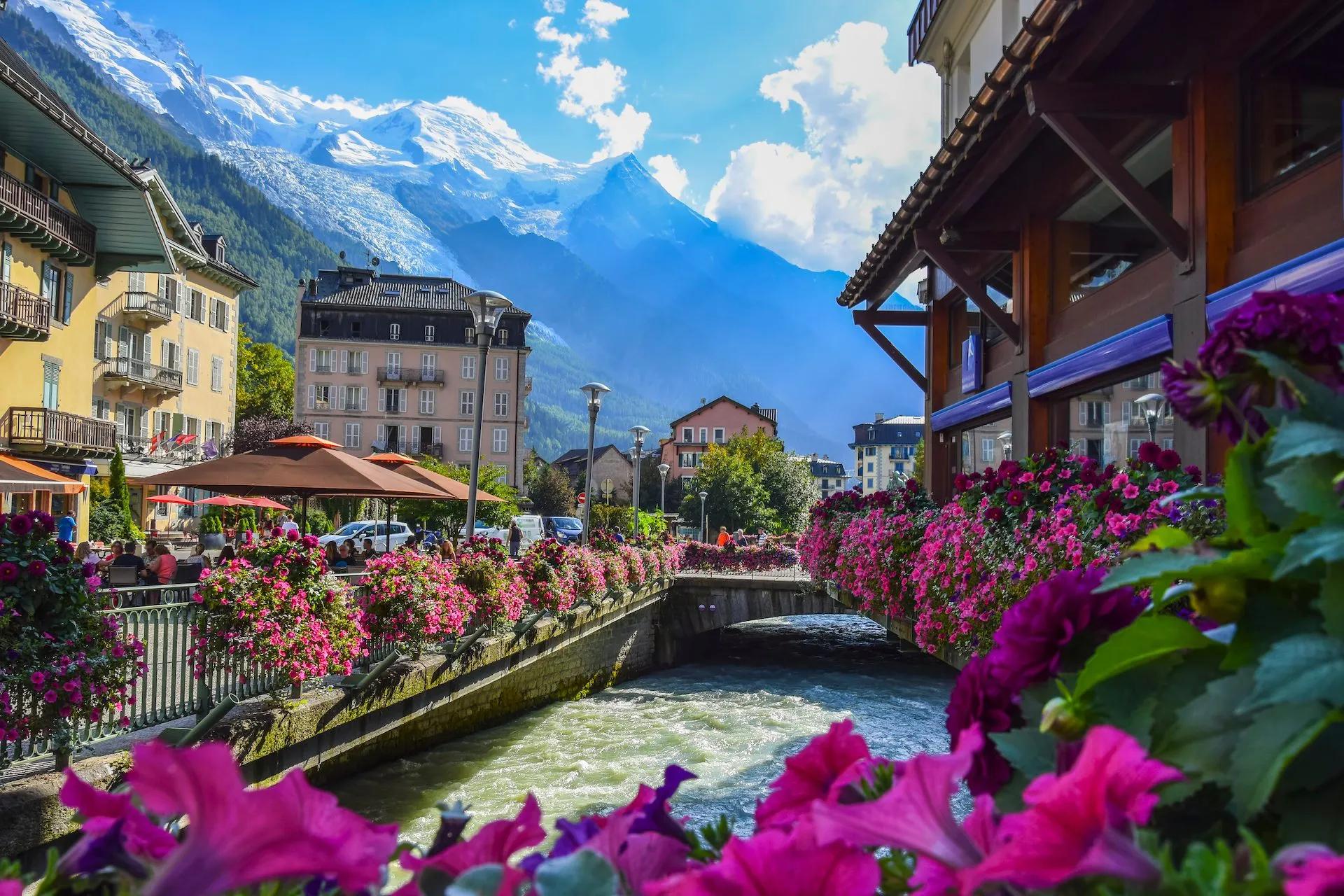


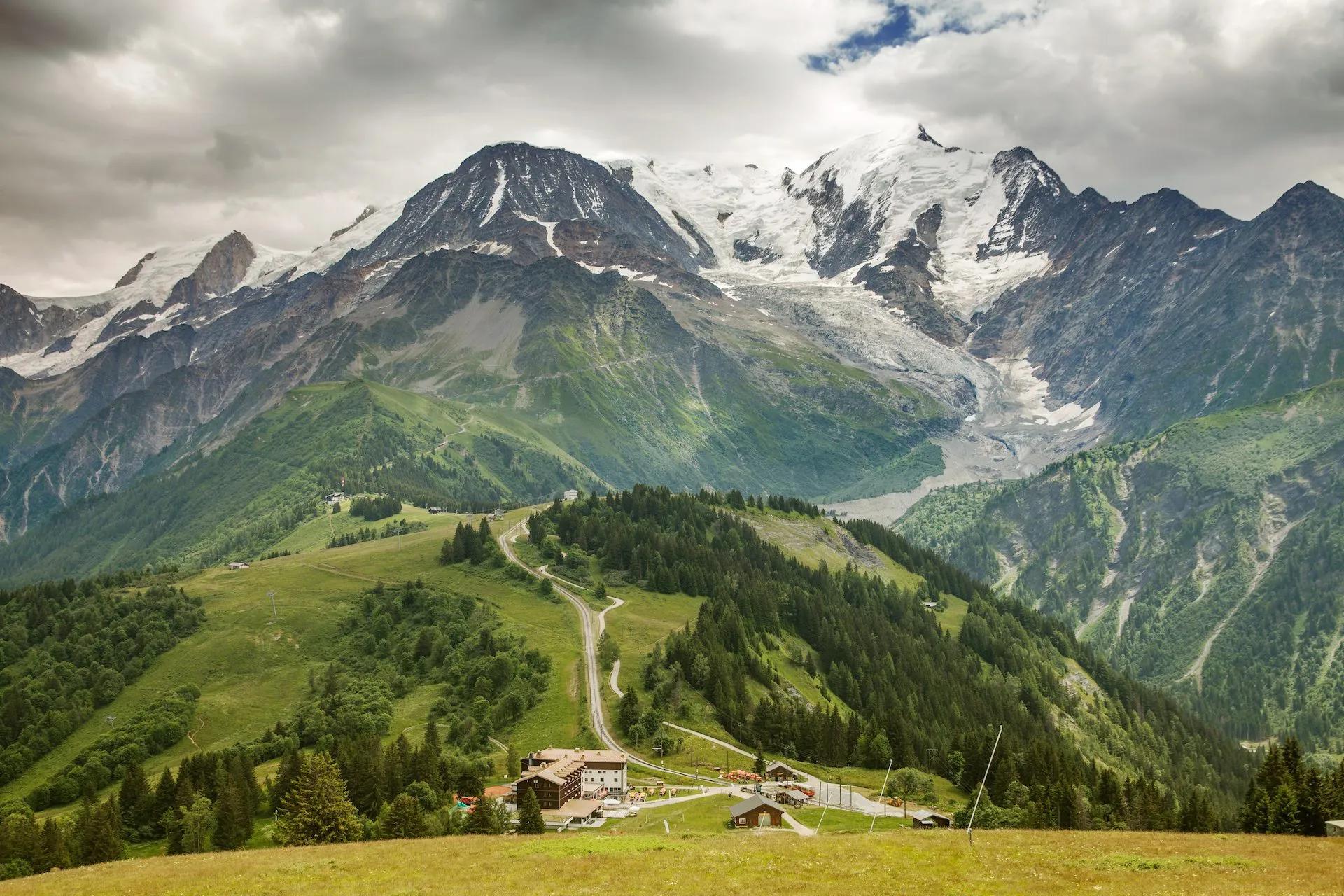

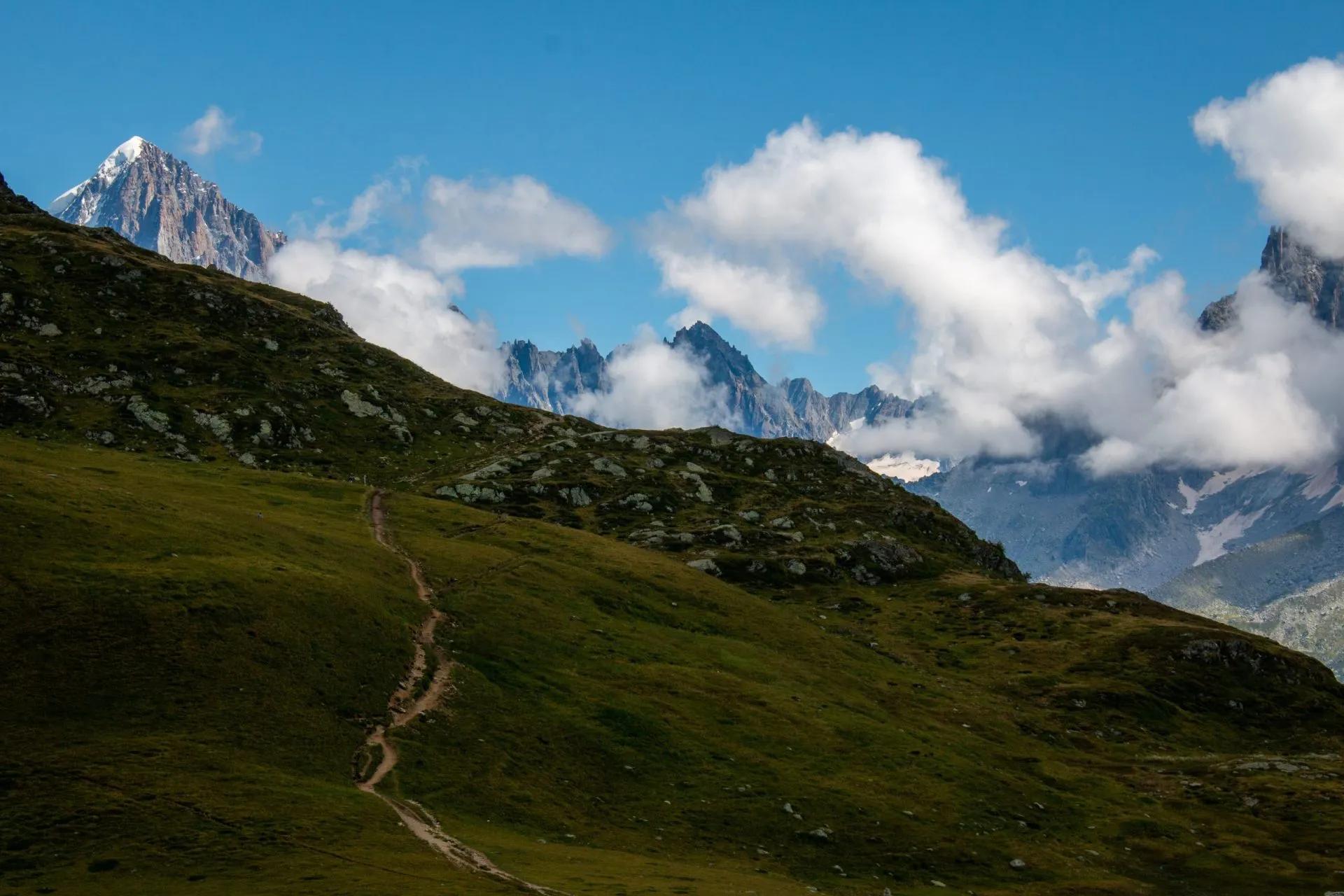

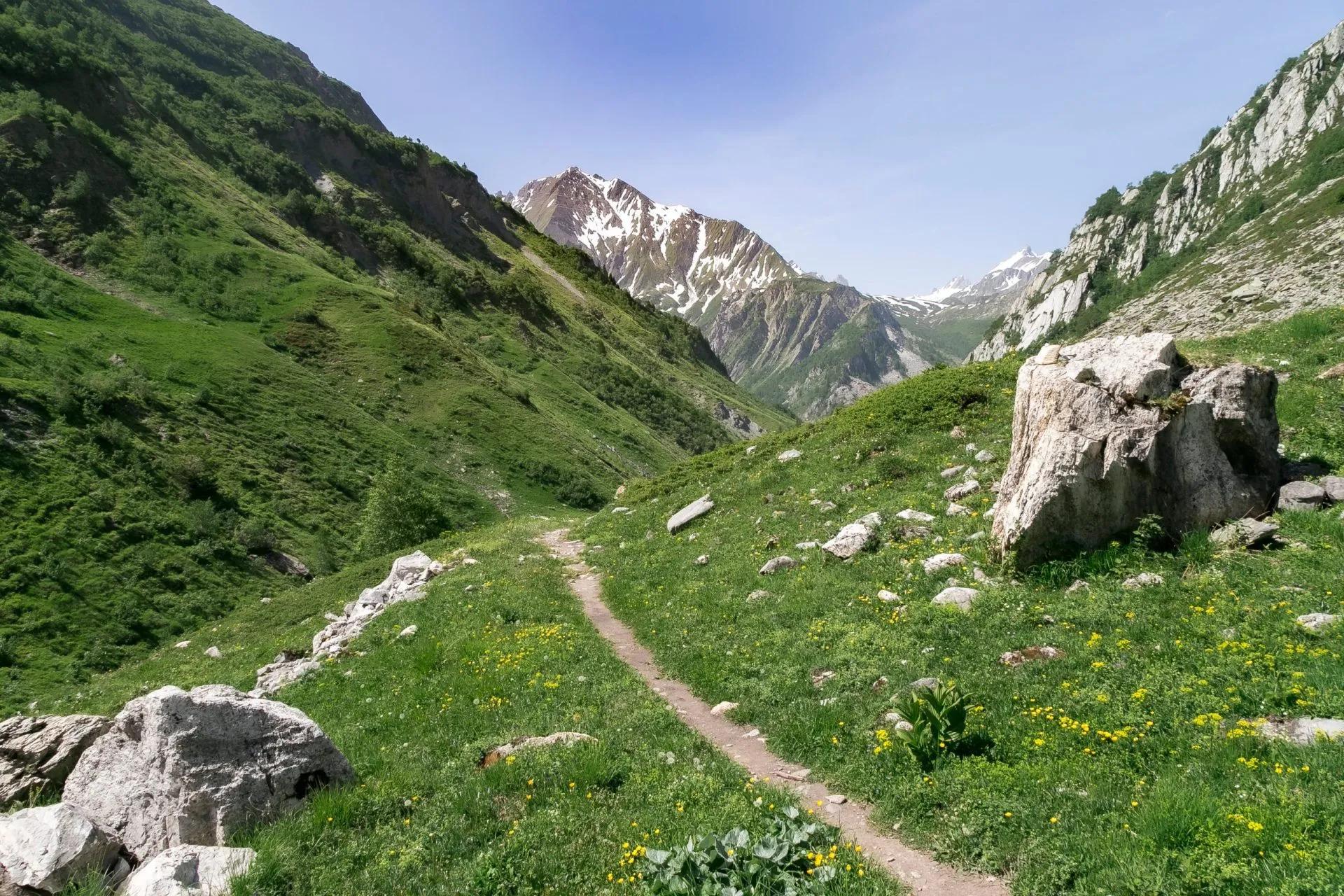
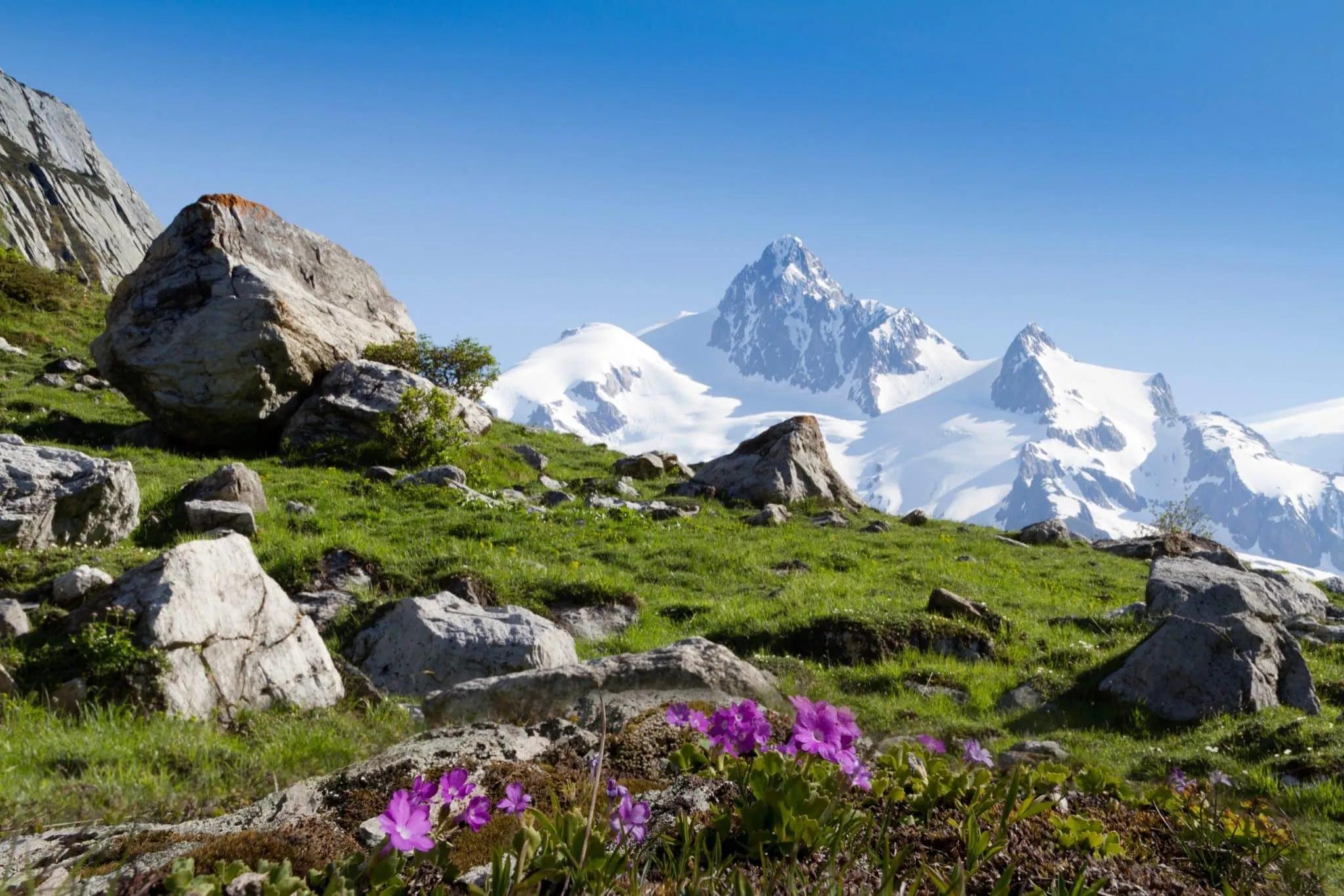

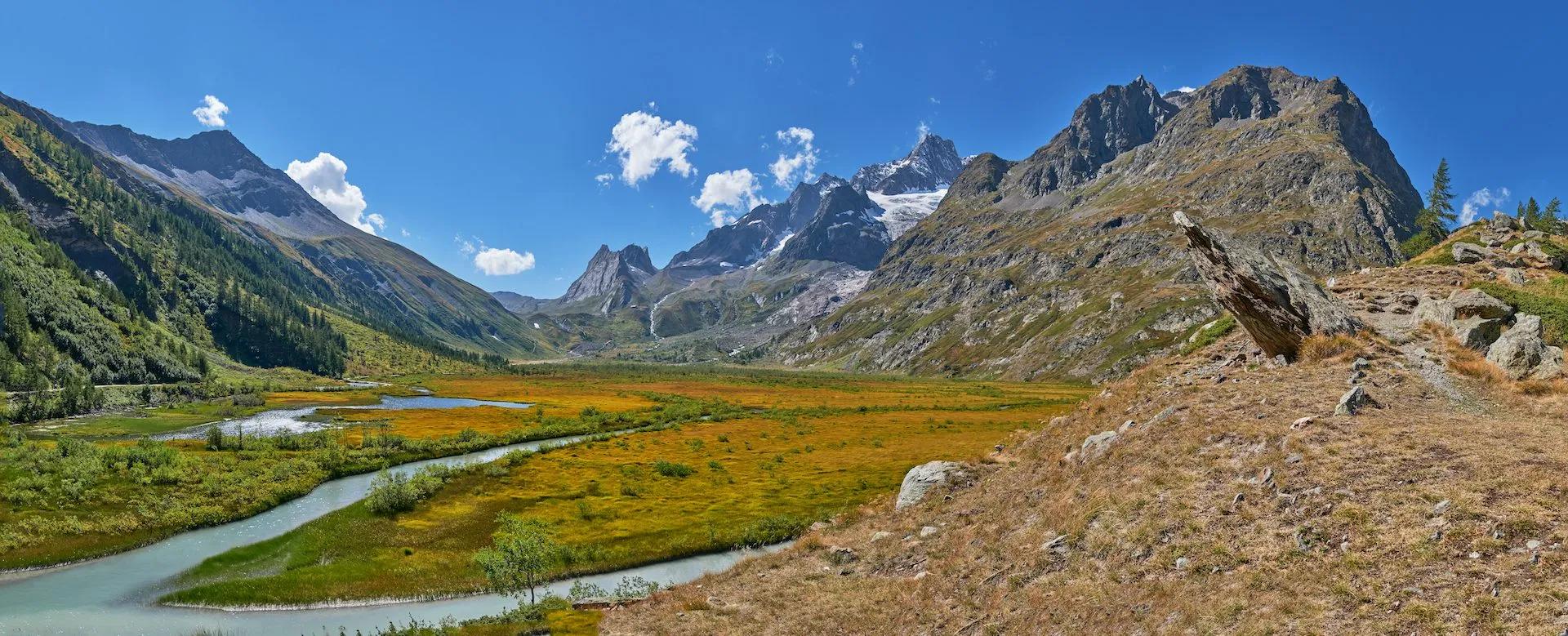
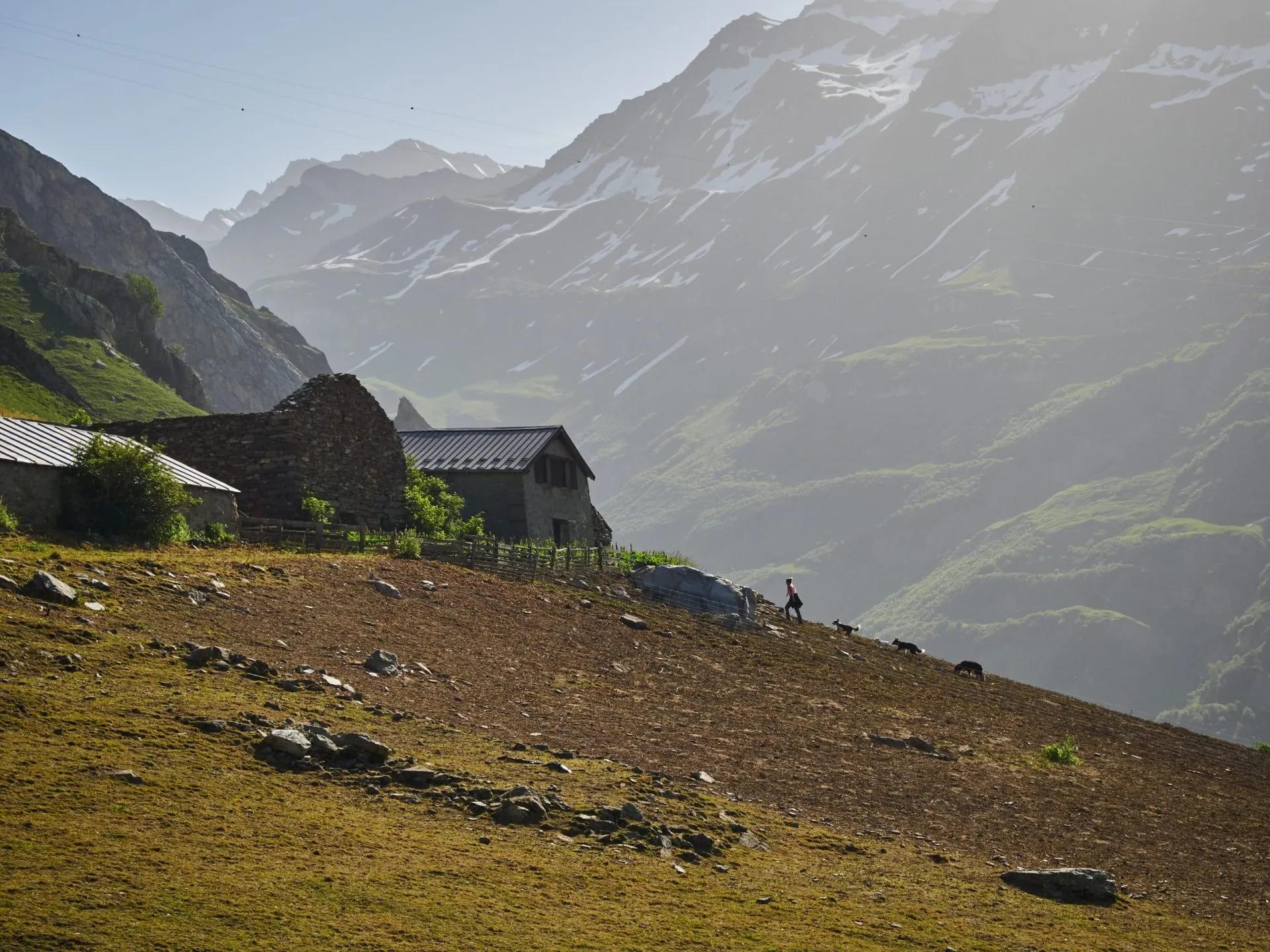



















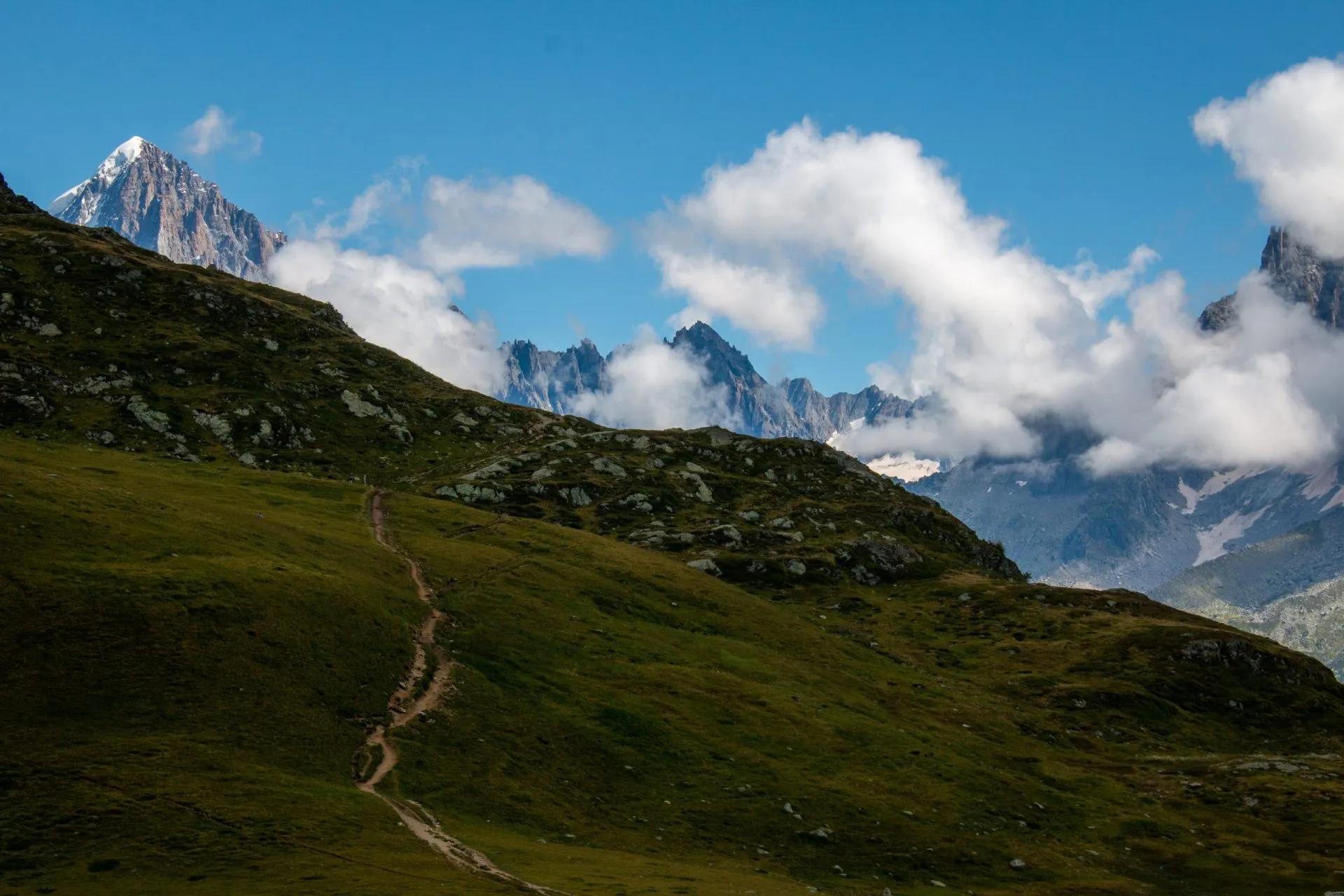






.png&w=3840&q=75)